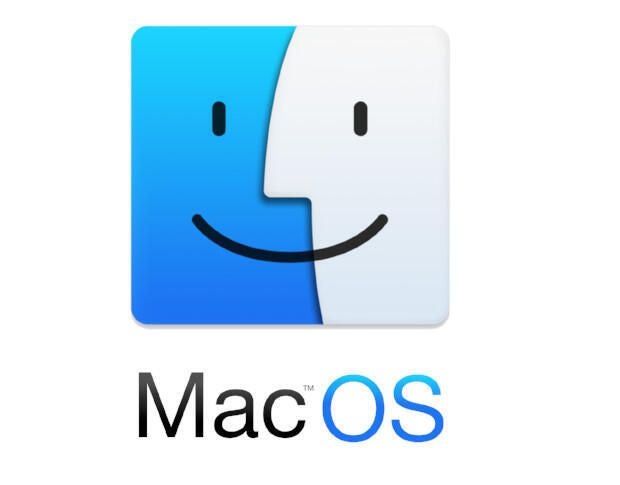How do you organize your desktops? If you’re a long-time Linux user, you’re probably aware of a trick the platform has had up its sleeve for a very long time. That trick is virtual desktops.
Effectively, a virtual desktop is another desktop you can create so that you have another place to work. This makes it easy for you to organize your desktop. Say, for example, you have one desktop for developing, one for graphics, one for writing, and one for internet usage. Code a bit, switch to your internet usage desktop, and do a bit of social network. Switch to your writing desktop and pen a few words. Need a break from verbiage? Switch to the graphic desktop and create an image.
SEE: Virtualization policy (TechRepublic Premium)
Virtual desktops are a great way to keep your work organized. If you’re a macOS user, you’re in luck as the platform includes virtual desktops.
How to create a new virtual desktop
How do you use them? Let me show you.
- To create a new virtual desktop, swipe up with four fingers on your trackpad (or hit the [Ctrl]+[up arrow] key combination). This will reveal the virtual desktop manager.
- Tap the + button, and a new virtual desktop will be created.
- To switch between virtual desktops, three-finger swipe to the right or left to move to the adjacent desktop. You can also use the [Ctrl]+[right arrow] key combination to move to the right adjacent desktop or [Ctrl]+[left arrow] to move to the left adjacent desktop.
- Move to the desktop you want, open the related apps for that desktop, and you’re good to go.
Virtual desktops are an amazing way to keep your desktop organized. Thank you, Linux, for letting Apple use that brilliant bit of technology.

Image: Apple